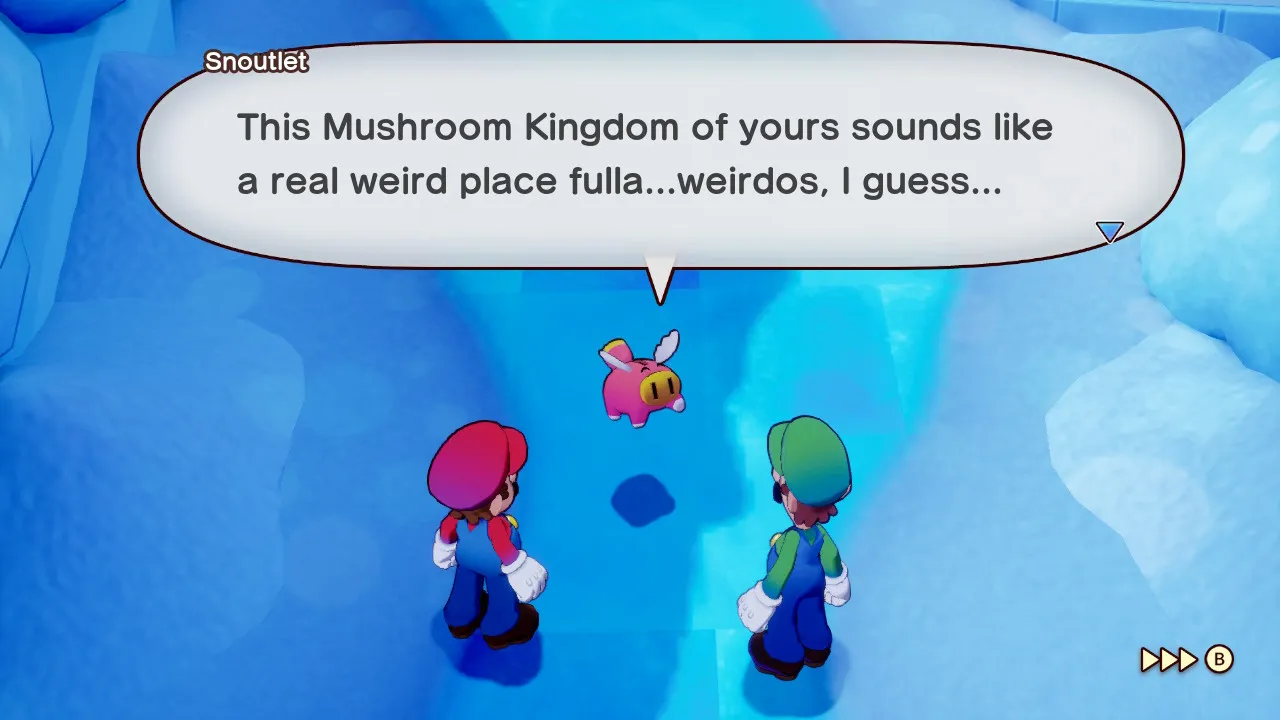Assessing the Context of Game Reviews
In crafting video game reviews, understanding the context in which a game is designed is vital. For instance, whether a game is built for intense online multiplayer interaction, late-night frights, or as a complement for devoted fans of an existing franchise plays a crucial role in how it should be evaluated. For more on this topic, check out our analysis of narrative contexts in gaming.
Introduction to Mario & Luigi: Brothership
This consideration is especially relevant when exploring “Mario & Luigi: Brothership,” which excels when engaged with its target audience: children.
The Landscape of Children’s Entertainment
Historically, Mario games have captured the hearts of children globally; this trend persists and is generally positive. Children’s entertainment can be approached in three distinctive ways:
- Pixar Approach: Creates films for all ages, ensuring themes are universally relatable and accessible.
- DreamWorks Strategy: Layers children’s stories with deeper, more sophisticated subtexts and references aimed at adult audiences.
- Saturday Morning Cartoons: Primarily designed for children, these lack complexity and demand little from their young viewers, ensuring a fast-paced, easily digestible format.
Brothership’s Cartoonish Nature
“Mario & Luigi: Brothership” aligns closely with the third category—reflective of Saturday morning cartoons. The game comprises compact islands, each presenting a self-contained quest largely driven by “Luigi logic.” Though hailed as whimsical solutions, they often reduce the experience to quick-cut scenes or quick-time events that sidestep genuine gameplay challenges. For a deeper dive into game mechanics, see our review of Core Keeper.

Gameplay Limitations and Design Choices
Throughout our initial hours with “Brothership,” it appeared to be merely another installment showcasing Nintendo’s penchant for extensive handholding. Unfortunately, as we progressed, it became clear that this format persisted, with frequent prompts guiding our every move and discouraging exploration. For comparisons of game design choices, you might find our Slitterhead review insightful.
Players should brace for repetitively communicated instructions at every plot juncture, while the option to skip cutscenes offers limited relief, hampered by verbose dialogue—a hallmark of the Mario & Luigi series.
Combat and World Experience
Regrettably, these shortcomings overshadow some of the core Mario & Luigi mechanics. The combat remains engaging, featuring timing-based actions and dodges that feel satisfying and well-executed. For further exploration of engaging gameplay elements, consider reading our Farmagia review, which touches on similar themes of game engagement.




Leave a Reply